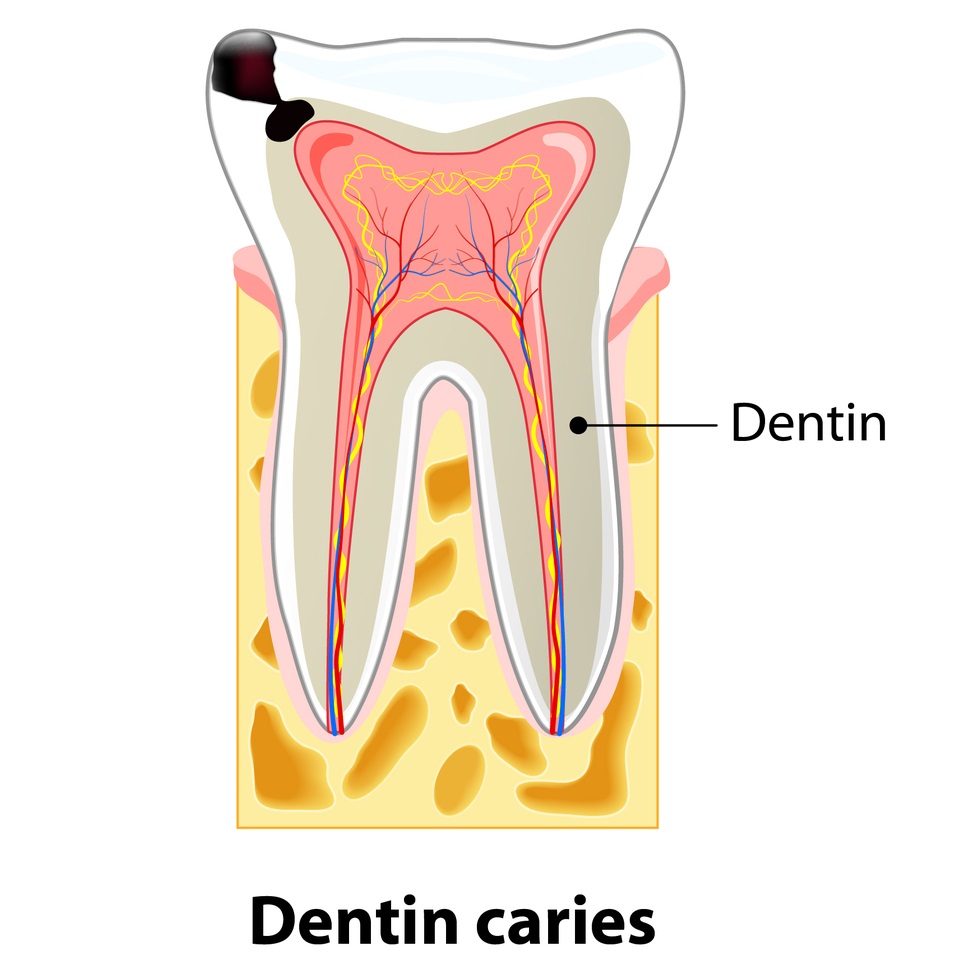
Decay in dentin treatment
Decay now progresses beyond the enamel and starts to infect the dentin. This layer of your tooth, though still made of minerals, is far more porous. This means decay progresses more quickly. The hole in the tooth gets bigger, faster. Levels of discomfort and sensitivity will intensify. The dentist can still use a filling to repair the damage, or larger cavities may require inlays or onlays, a more extensive restoration.
In this stage, the decay progresses beyond the enamel into the dentin. At this juncture, your dentist can still restore the affected tooth with a filling. The pain levels also start intensifying along with the many stages of tooth decay. Any dental pain should be immediately noted so that the problem can be dealt with soon.
You may jog before work and turn in early to get your beauty sleep, but the heart and brain aren't the only things that need to run on all cylinders. Don't forget the health of your mouth! The first signals of enamel decay are sensitivity and changes to the color of your teeth. With this type of intel, you can give your pearly whites the attention they deserve.
Treatments

Restoration
If a tooth has been broken or damaged by decay, your dentist will try to fix it with a filling, crown or other treatment. Sometimes, though, there's too much damage for the tooth to be repaired.

Root Canal
A tooth has three layers enamel, dentin and pulp. When the cavity is so deep that it has reached the pulp, Root Canal Treatment has to be done.